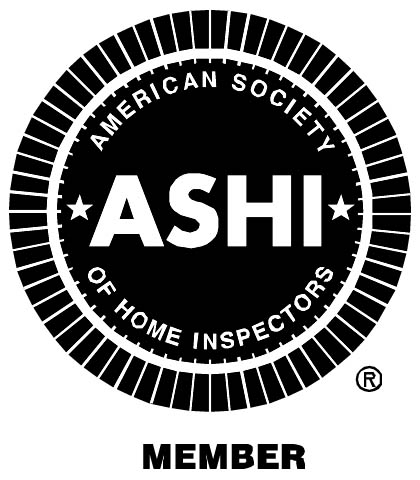Radon is an invisible
and odorless radioactive gas, which occurs naturally from decaying uranium underneath the earth’s surface. You cannot see, smell, or taste radon it is there and may be a problem in your home or workplace. When radon becomes trapped inside an enclosed space it can reach dangerous and deadly
levels. Continuous inhalation of radon gas damages lung tissues causing lung
cancer and long-term exposure may even cause death.
The
EPA (Environmental Protection Agency) estimates that radon kills between 5,000 and 30,000 people each year. Nearly one in 15 homes are estimated to have elevated levels of radon.
Radon gas is the #1 cause of lung cancer in non-smokers.
The greatest concentration
of radon is usually found in the lowest levels of homes. This is because radon
moves up through basement floors, crawl spaces, cracks in foundations, sump pumps, and drain holes. Radon can also enter your home through your water supply (people with well water should have test for radon
in their water supply).
The risk of developing
lung cancer from Radon exposure can increase depending on:
-
The Level of radon
in your home and office.
-
The amount of time
you have spent exposed to radon.
-
Whether you are a
smoker or have been exposed to tobacco smoke.
For a nominal fee, Charlotte
Home Inspection will administer a radon gas test. Charlotte Home Inspection does
this by installing two small test canisters in the lower level of the home. Later
we ship the canisters off to a professional testing laboratory that will measure the radon levels in your home and mail you
a detailed written radon report.
If your home has a high
level of radon, trained professionals can reduce the radon levels in your home. You
can find qualified radon reduction experts by contacting the EPA (Environmental Protection Agency) or the State Radon Office.
